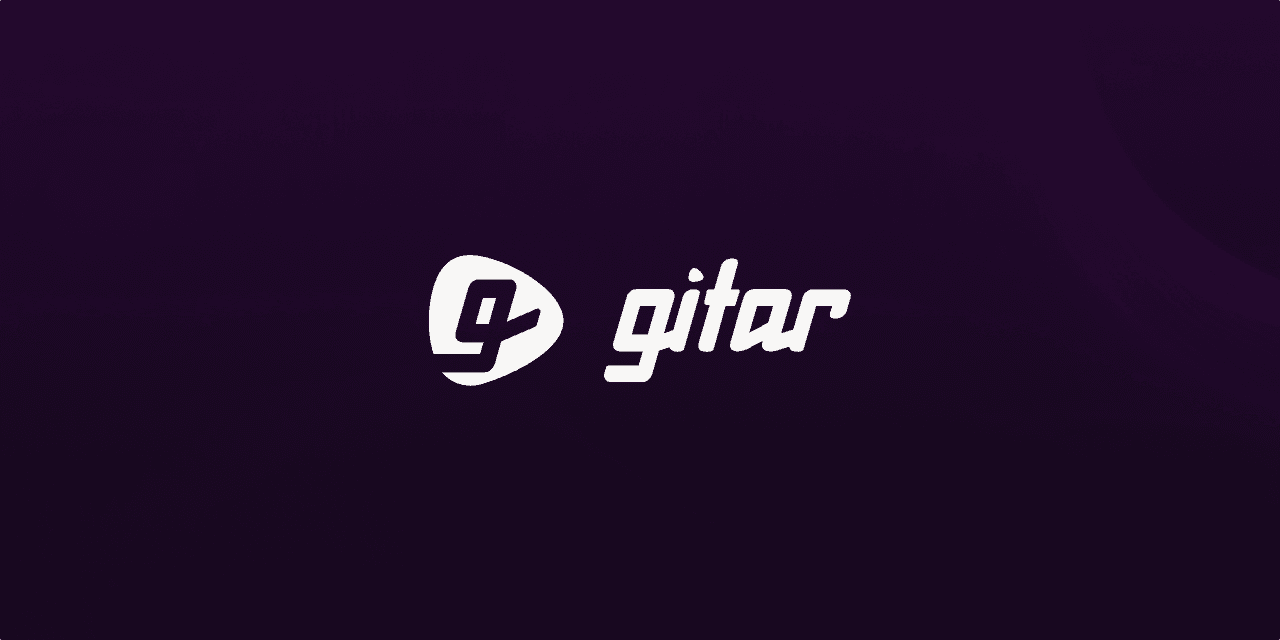Everyone likes the idea of an agentic CI system that understands what is happening, reacts intelligently, and keeps things moving while teams focus on code. On paper it looks simple. In practice it becomes far more complex.
The Complexity of CI Agents
In a live environment, the agent needs to account for force pushes mid-run, comments on pull requests while CI jobs are still executing, and frequent updates that make context management difficult. It has to track what changed, why it changed, and what should happen next, all in real time. It also has to remember this over long periods of time. Building long-running agents is a completely different ball game.
CI agents need to handle:
Concurrent operations across users and pipelines
Asynchronous events that can arrive out of order or overlap
Wave-based execution, where stages of a job trigger in parallel but share state
CI Agents Are Unlike Coding Agents
At Gitar we designed our agent architecture from the ground up to handle these realities. We built our own agentic harness, context and state management system, and memory. It reacts to real-time events, coordinates CI job waves, and adapts intelligently as changes happen.
We built a platform on top of CI that allows teams to make their pipelines smarter. Using repository rules, teams can express complex workflows and policies as prompts. The agent uses these prompts to reason about context, apply fixes, and automate many workflows that once required complex YAML or scripts that are hard to maintain and hard for everyone on the team to understand.
The system processes events, maintains context across jobs and users, handles retries, detects duplicates, and keeps state consistent even in noisy CI environments. It is built for the way real teams work. It is not a single player coding agent.
Why It Matters
Broken builds and long review cycles steal a developer’s focus time. A failed pull request can mean hours spent digging through logs, switching context, and losing momentum. Gitar gives that time back.
We built Gitar as a CI agent that understands your workflow, maintains full context from the moment you open a pull request until it is merged, and works continuously in the background to keep CI green. When a check fails, it does not just describe the problem. It finds the root cause, fixes it, and verifies the result inside your own CI environment.
Gitar helps engineering teams ship faster with less friction. It adds an intelligence layer to CI and enables teams to leverage it for more complex workflows that integrate deeply into their daily software development lifecycle
